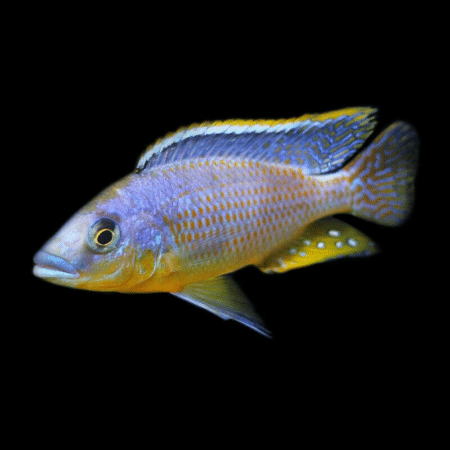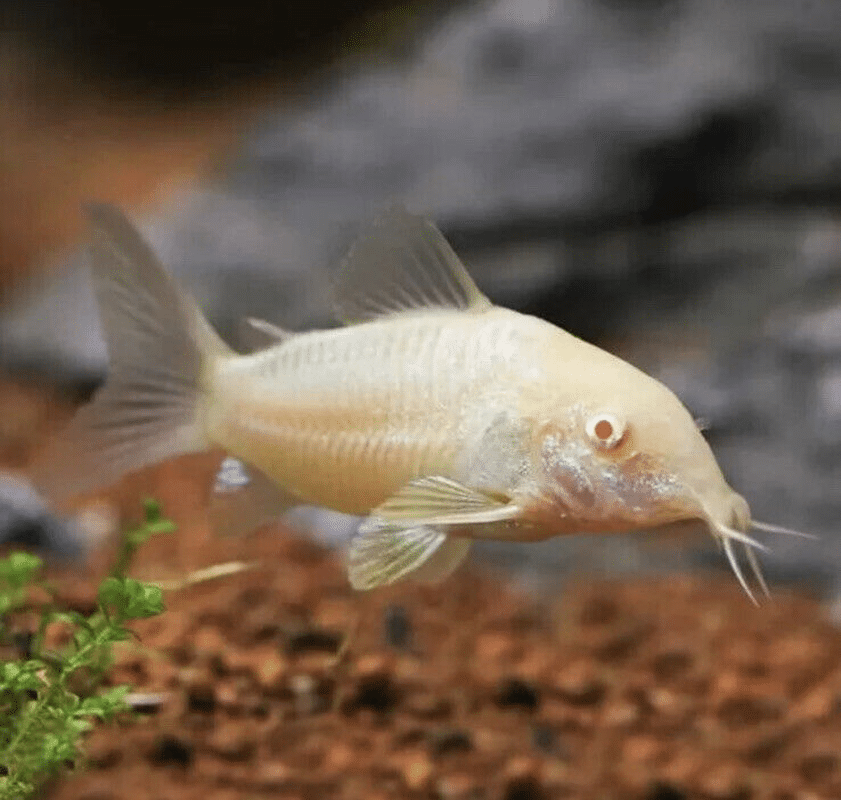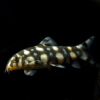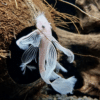-
×

-
×

-
×

-
×

-
×

-
×

-
×

Subtotal: £204.35















Emily Carter (verified owner) –
I recently added 3 Albino Corydoras Aeneus to my 30-gallon freshwater aquarium, and I couldn’t be happier with my decision! From the moment they arrived, it was clear they were healthy and well-cared for. Shipped quickly and securely, they settled in within a couple of hours. I love watching them zip around the substrate, scavenging for food and interacting with each other. Their playful nature brings so much life to my tank!
After observing them for nearly two months now, I can confidently say these corydoras catfish are much more active and friendly than some other bottom dwellers I’ve tried. They do a fantastic job of keeping the substrate clean, which helps maintain a healthier environment for my other fish. Just a small note: they do prefer a soft sandy bottom, so I reconfigured my substrate which worked wonders!
For anyone considering adding aquarium fish, especially if you’re new to the hobby, I highly recommend these little gems. They are perfect for community tanks and promote a sense of harmony in the aquarium. Plus, their striking white bodies with those cute little eyes are just delightful! Would definitely buy again!